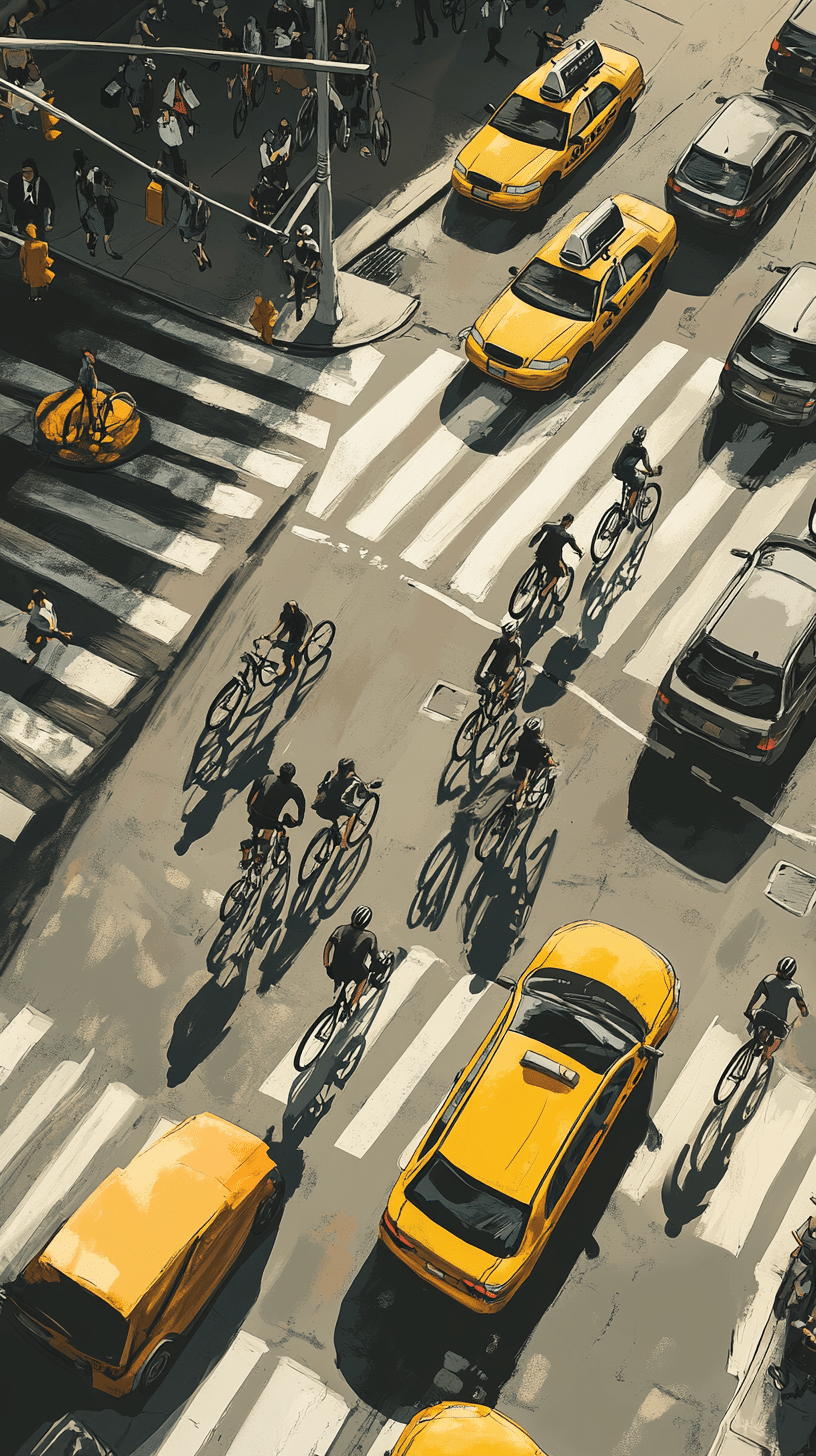**BUMP**
Billingy v. Blagrove, 2011 N.Y. Slip Op. 03986 (2d Dept. 2011). ( I copied this from westlaw).
I am going to add this here. Somewhere in the universe of oppositions – besides my favorite about there not being a justiciable controversy to a DJ action despite a Claimant’s submission of bills for no-fault benefits that were denied- we now have the you did not put tabs in your papers, you do not have originals, your captions are off and the new one: “it does not have the ‘feel’ of an affidavit…” I saw this one from – well I am not going to name names… Oh yes, do affidavits have feelings? Ask Beaker what he thinks?
So – see below:
I think that the Courts in this State sometimes invent reasons to avoid addressing cases on their merits. The Appellate Division, Second Department, in their “default judgment” jurisprudence has proven this point. I do not have statistics – maybe Gottlieb in CPLR land has them – but the appellate court in Brooklyn really dislikes vacating defaults.
Well, how many of us have had a judge tell us: “If you do not put exhibit tabs on your papers, they will not be considered.” The other one is: “If you do not number your paragraphs in your affirmations they will not be considered”. People who know me understand my pet peeve about unnumbered affirmations, and there are plenty of you who read this who are guilty of that transgression.
But this case dealt with best evidence and untabbed affirmations, and held as follows:
“The oft-mentioned and much misunderstood best evidence rule simply requires the production of an original writing where its contents are in dispute and sought to be proven” (Schozer v William Penn Life Ins. Co. of N.Y., 84 NY2d 639, 643 [internal quotation marks omitted]). Since the plaintiff did not dispute the existence of the defendant’s affidavit, or the accuracy of the relevant portions of the reproduction, the best evidence rule should not have been applied to bar consideration of the reproduction (see Comerica Bank, N.A. v Benedict, 39 AD3d 456, 458; Thomson v Rubenstein, 31 AD3d 434, 436; Chamberlain v Amato, 259 AD2d 1048, 1049). Moreover, in light of the “strong policy favoring disposition of actions on the merits” (Sanchez v Serje, 17 AD3d 562, 563), and given the circumstances of this case, the Supreme Court improvidently exercised its discretion to the extent that it refused to consider the reproduction of the defendant’s affidavit on the ground that the defendant’s opposition papers did not utilize protruding exhibit tabs (see Lee v Marino, 36 AD3d 454, 454-455; see also CPLR 2001; cf. Ali v Buno, 25 Misc 3d 1213[A], 2009 NY Slip Op 52086[U], *3 [2009]). Accordingly, the Supreme Court should have considered the photocopy of the defendant’s affidavit submitted in opposition to the plaintiff’s motion for summary judgment on *2 the issue of liability (see CPLR 2101[e]; Campbell v Johnson, 264 AD2d 461, 461; Matter of Lamont D., 247 AD2d 615, 615-616; Matter of Samuel E., 240 AD2d 251, 252).”
Oh by the way – photocopied signatures on peer reports and IME reports…. how will this case effect that jurisprudence?












